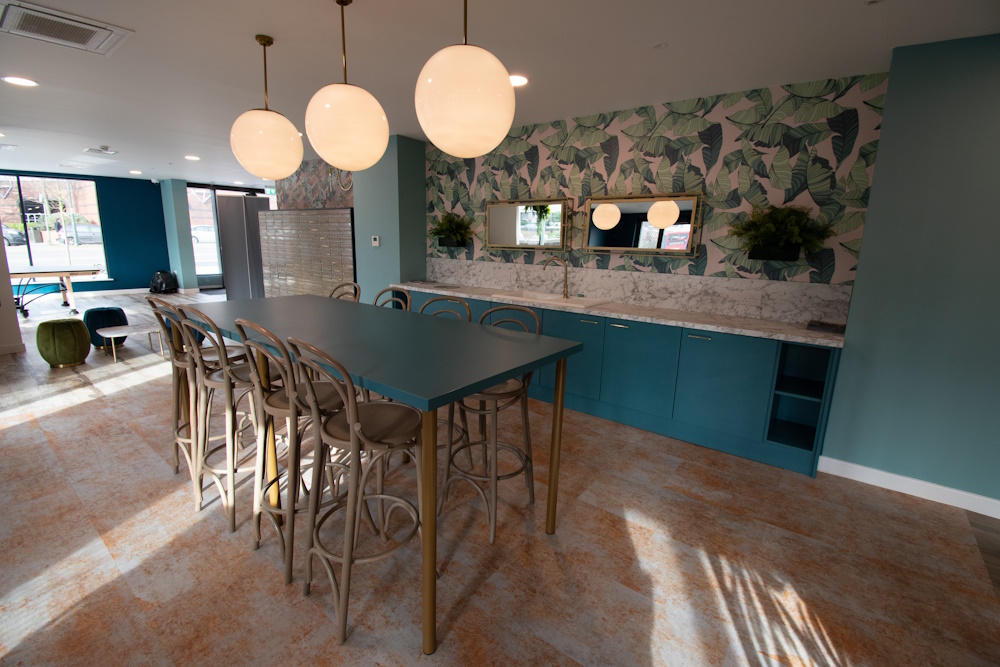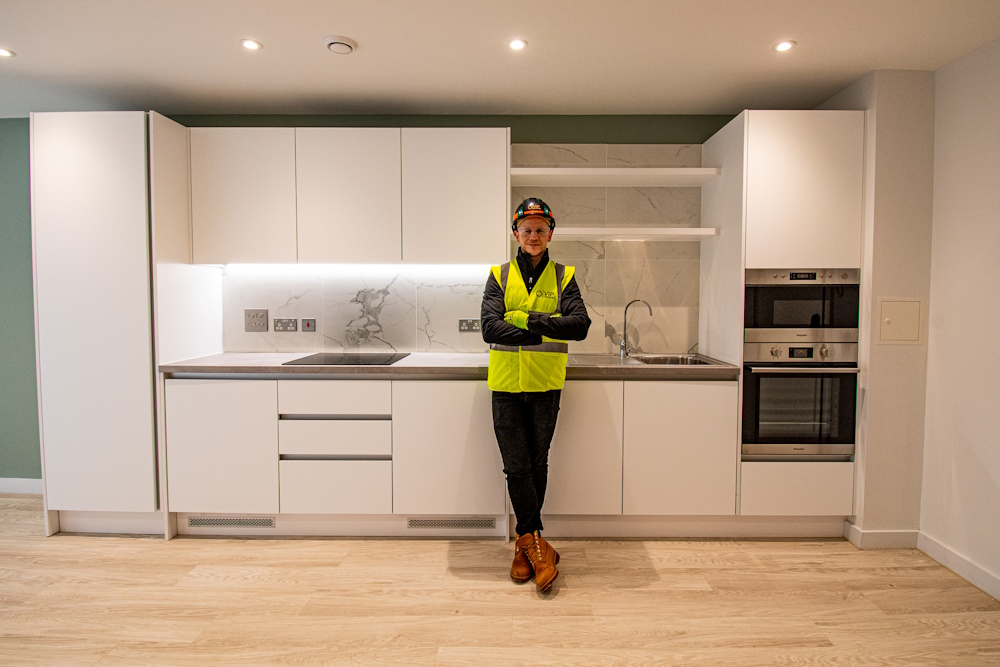The kitchen is the heart of a home, where delights are prepared and memories made.
Kitchen installation involves planning and installing a functional kitchen with appliances, cabinets, and countertops. The process includes removing old fixtures, installing plumbing and electrical components and fitting in the new cabinets, appliances, and countertops.
Hiring a professional installer is advisable to ensure proper and efficient work. With a well-executed kitchen installation, you can create a beautiful and functional space that meets your needs.

Appropriate accreditations
Staff accreditations are essential because they ensure that the staff members have the necessary skills and knowledge
Committed and dedicated team
Our team work together, take individual responsibility, put in extra effort, and sacrifice personal time to meet deadlines
Monitoring and estimating
Systems for estimating such as ERP are important tools in our trade as they help us plan and execute projects
We get the job right first time
By planning and preparing as much as possible, we know we're going to get the job done right the first time
Good work ethics and values
All of our staff work to strict guidelines governing their approach to work including punctuality and commitment
One stop shop
By employing staff from a range of various trades, we're able to simplify the buying process

A well-designed kitchen not only enhances the functionality of the space but also adds aesthetic appeal to the entire house. Kitchen installation involves careful planning, efficient utilization of space, and selection of high-quality materials.
This article explores the essential elements of kitchen installation, from initial design considerations to the final touches that transform a simple room into a culinary haven.
When designing a kitchen, factors such as the work triangle (the relationship between the sink, stove, and refrigerator), storage solutions, and countertop space should be carefully considered. The layout should facilitate smooth movement between these key areas, ensuring a seamless cooking experience.
Cabinetry plays a vital role in kitchen installation. Custom-built or modular cabinets can transform the kitchen’s appearance while providing ample storage space. Optimal cabinet design utilizes both lower and upper cabinets efficiently, taking advantage of vertical space and incorporating organizational features such as pull-out drawers, lazy susans, and spice racks.
Selecting the right countertops and surfaces is another crucial aspect of kitchen installation. Popular choices include granite, quartz, marble, and butcher block. Factors to consider when choosing countertops include durability, maintenance requirements, and visual appeal. Additionally, backsplashes made of materials like ceramic tiles or natural stone can add a stylish touch while protecting walls from splashes and stains.


